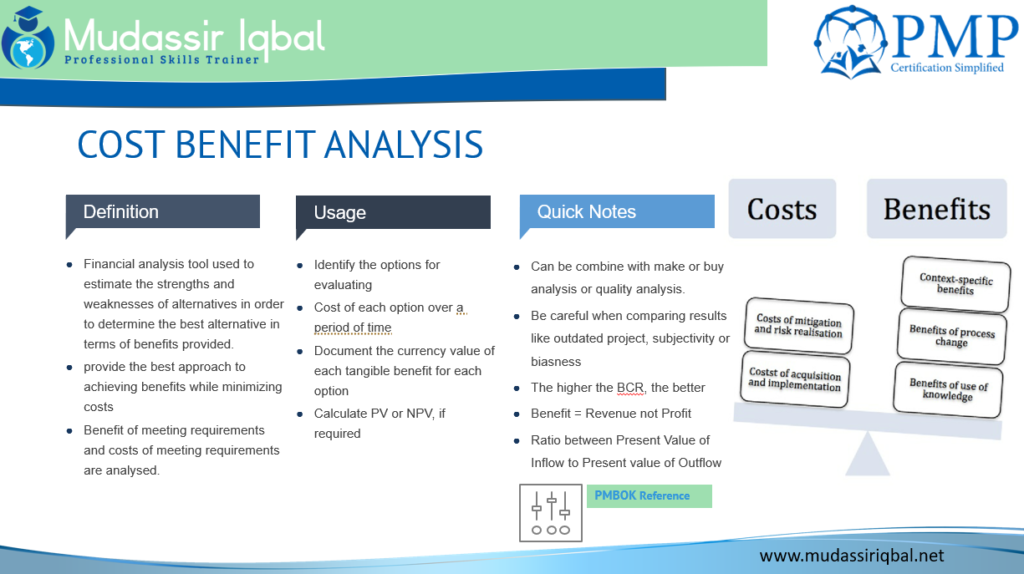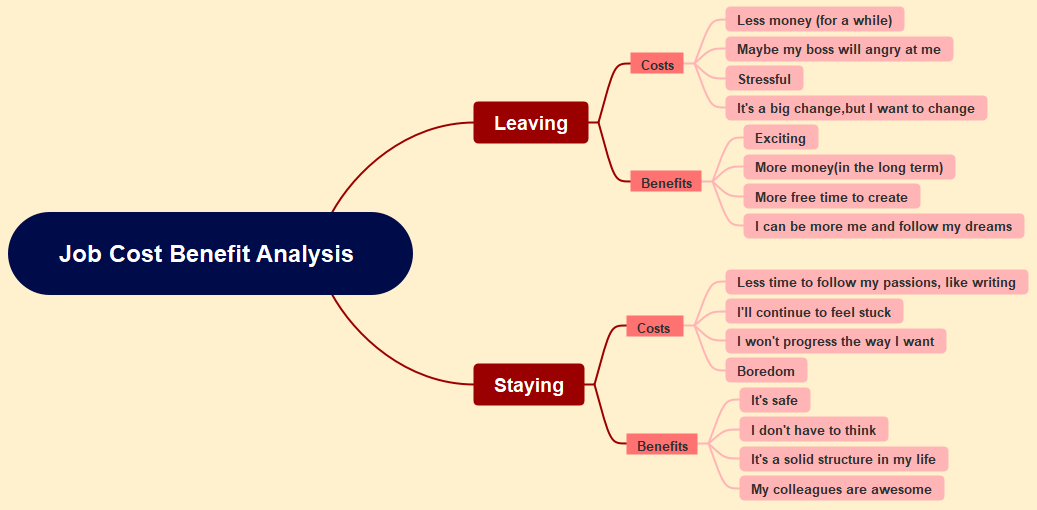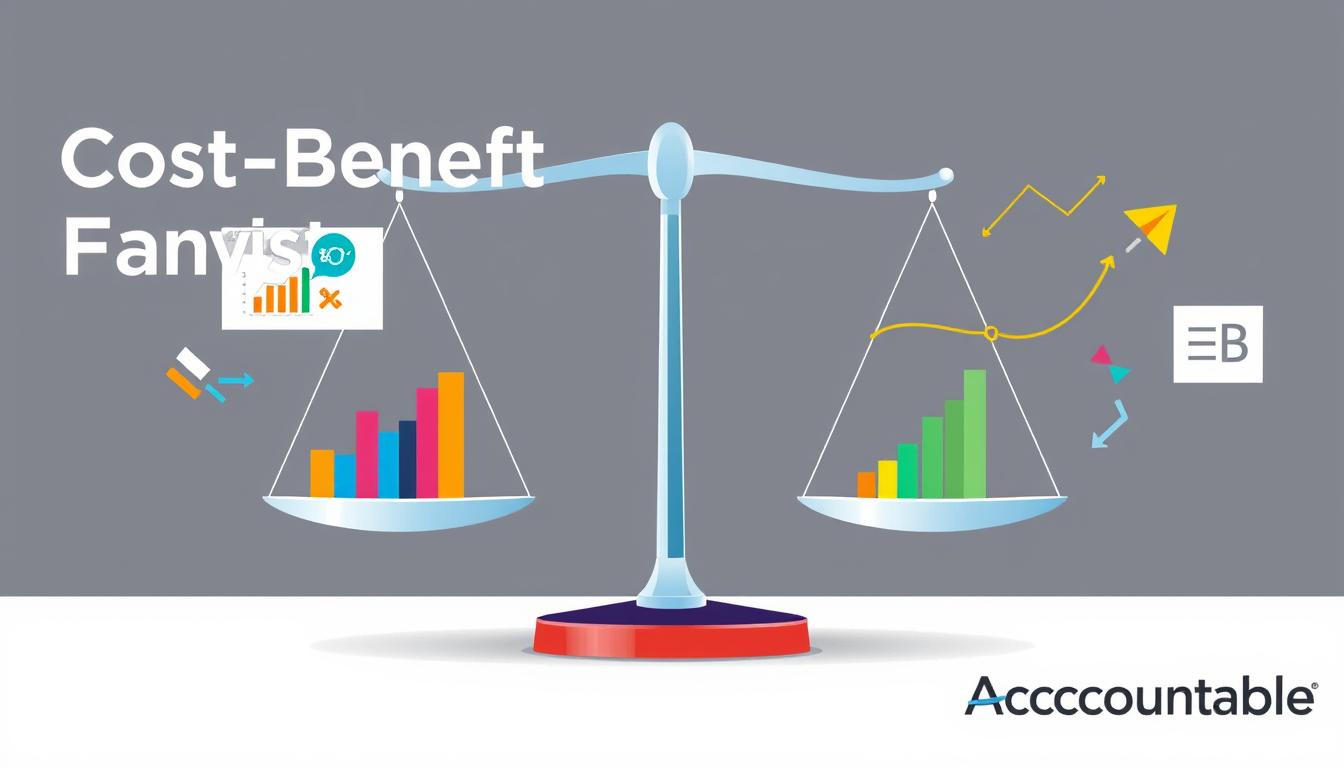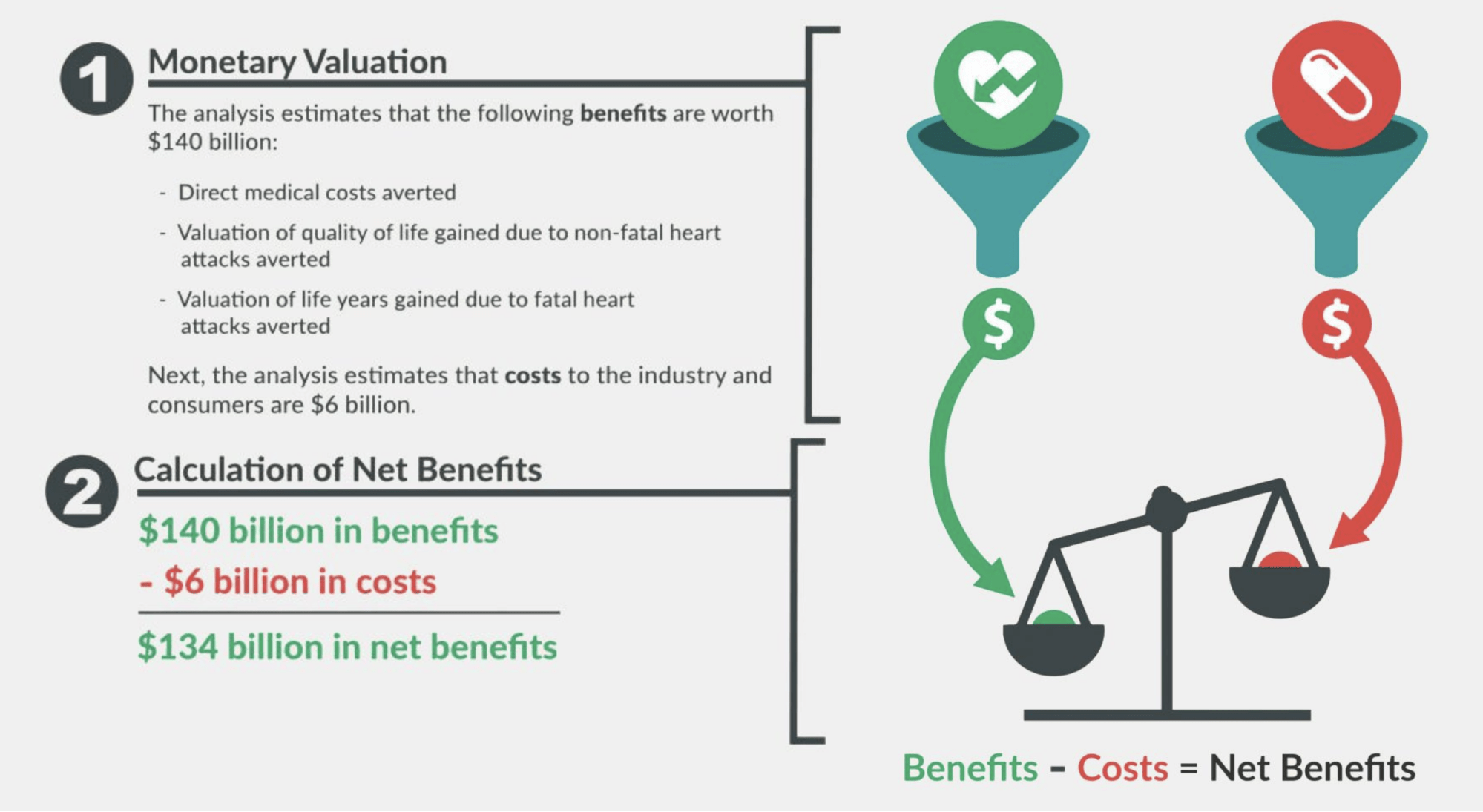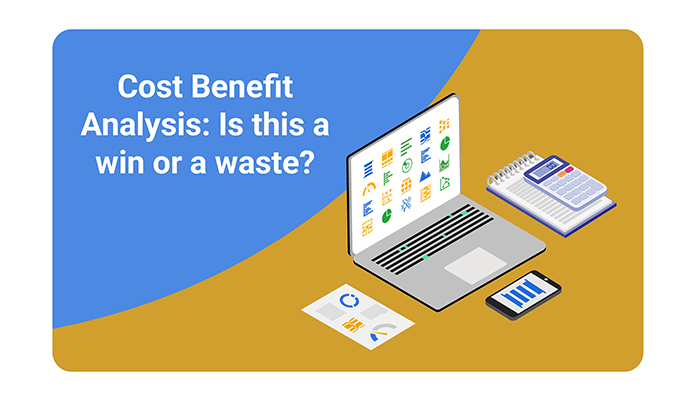Can All Opportunity Costs Be Evaluated Using A Cost/benefit Analysis
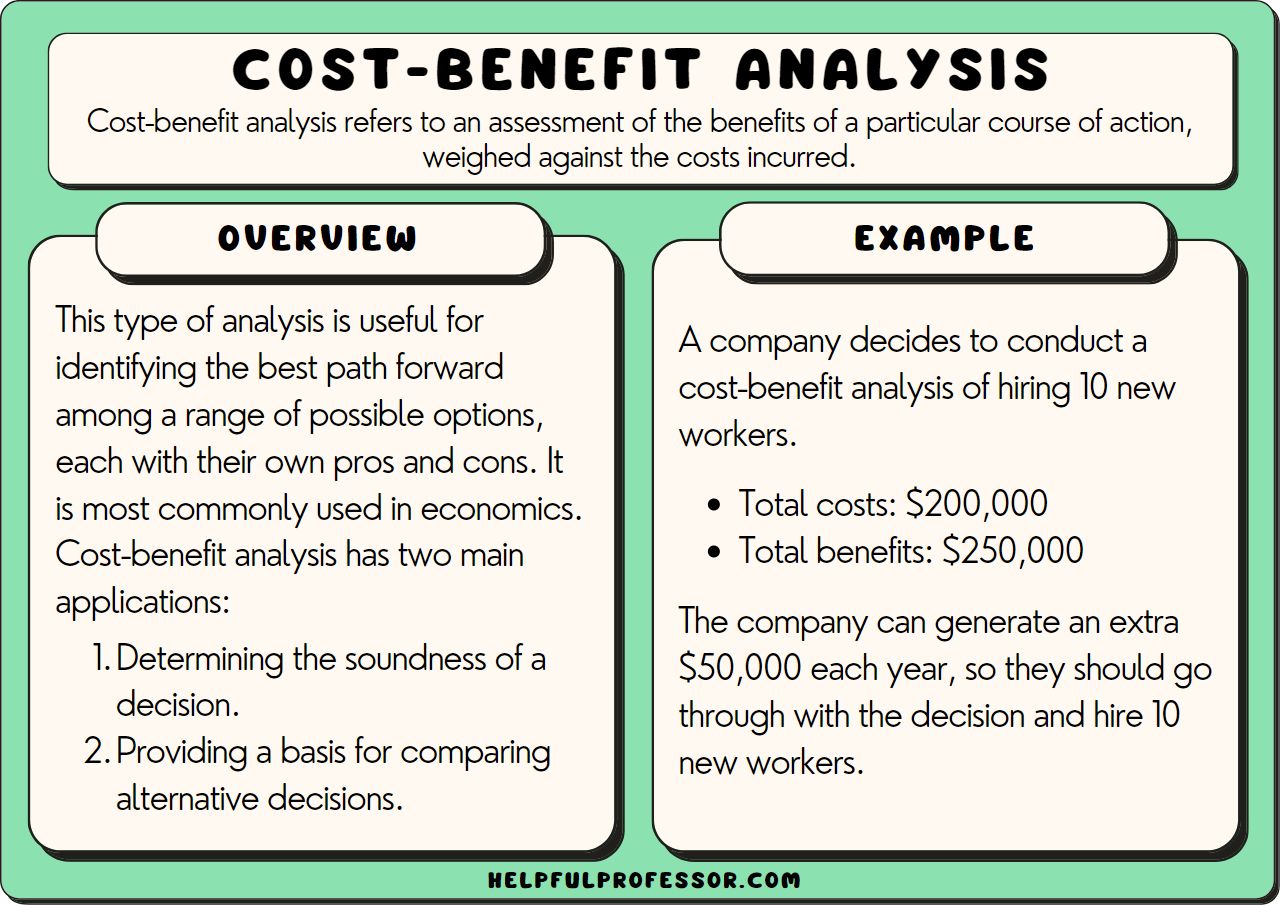
Economic models, especially cost/benefit analyses, are facing intense scrutiny. Can these models truly capture all opportunity costs, or are they inherently limited, potentially leading to flawed decision-making in critical sectors?
This article delves into the debate surrounding the comprehensiveness of cost/benefit analyses in evaluating opportunity costs. Experts are raising concerns about the limitations of quantifying intangible or long-term consequences, sparking a re-evaluation of how we assess economic choices.
The Core of the Debate: Tangible vs. Intangible Costs
Cost/benefit analysis hinges on assigning monetary values to both positive and negative outcomes. This approach works relatively well for tangible costs, like construction expenses or direct financial gains.
However, difficulties arise when considering intangible costs, such as environmental degradation, social impacts, or loss of cultural heritage. Assigning a dollar value to these factors is inherently subjective and often controversial.
According to a 2023 report by the Environmental Protection Agency (EPA), valuing environmental impacts poses significant challenges. Their report highlights the difficulties in accurately measuring long-term ecological consequences.
Quantification Challenges: A Closer Look
One major hurdle is the discount rate. It reflects the present value of future costs and benefits. A high discount rate diminishes the importance of long-term consequences, potentially favoring short-sighted projects with detrimental future impacts.
Another challenge lies in accurately predicting future outcomes. Unforeseen events, technological advancements, or shifting social values can significantly alter the cost/benefit equation, rendering initial analyses obsolete.
Dr. Anya Sharma, an economist at the University of California, Berkeley, argues that "traditional cost/benefit analysis often fails to account for systemic risks and cascading effects, particularly in complex systems like climate change." She presented her findings at the 2024 American Economic Association (AEA) conference.
Ethical Considerations and Equity Concerns
The process of assigning monetary values to human life and well-being also raises ethical concerns. Different valuation methods can produce drastically different results, leading to accusations of bias and unfairness.
Furthermore, cost/benefit analyses can disproportionately disadvantage marginalized communities. Projects that benefit the majority may impose significant costs on vulnerable populations, whose voices are often underrepresented in the decision-making process.
A recent study by the National Bureau of Economic Research (NBER) found that infrastructure projects evaluated using traditional cost/benefit analysis often exacerbate existing inequalities. This finding was published in NBER working paper series 31872.
Alternative Approaches and Emerging Solutions
Recognizing the limitations of traditional cost/benefit analysis, researchers are exploring alternative approaches. These include incorporating multi-criteria decision analysis, which considers a broader range of qualitative and quantitative factors.
Stakeholder engagement is also gaining prominence. It ensures that diverse perspectives are considered throughout the evaluation process.
Life Cycle Assessment (LCA) offers a more comprehensive view. It accounts for the environmental impacts of a project throughout its entire lifecycle, from raw material extraction to disposal.
Case Studies: Illustrating the Limitations
The Three Gorges Dam project in China, initiated in 1994 and completed in 2006, provides a stark example of the challenges of accurately assessing opportunity costs. While it generated significant hydroelectric power, it also displaced millions of people and caused substantial environmental damage.
The initial cost/benefit analysis underestimated the social and environmental costs, leading to long-term consequences that continue to impact the region. Data from the Chinese Academy of Sciences reveals unexpected ecological damage caused by the dam.
Similarly, the construction of new highways can stimulate economic growth. However, it also contributes to air pollution and increases traffic congestion, impacting public health and quality of life. A World Health Organization (WHO) report linked increased traffic to higher rates of respiratory illnesses.
The Path Forward: Towards More Holistic Assessments
Moving forward, it is crucial to develop more holistic assessment frameworks that incorporate both quantitative and qualitative data. This requires interdisciplinary collaboration, bringing together economists, environmental scientists, sociologists, and other experts.
Transparency and accountability are also essential. Decision-making processes should be open to public scrutiny, and the assumptions underlying cost/benefit analyses should be clearly articulated.
The Organisation for Economic Co-operation and Development (OECD) is currently developing guidelines for incorporating sustainability considerations into cost/benefit analysis. Their draft framework emphasizes the importance of long-term thinking and social equity.
Conclusion: A Call for Rigorous Re-evaluation
The debate surrounding the comprehensiveness of cost/benefit analysis is far from over. A growing body of evidence suggests that traditional approaches often fail to fully capture the opportunity costs associated with complex decisions.
Ongoing research and policy discussions are aimed at developing more robust and equitable assessment frameworks. These should account for intangible values and long-term consequences.
Immediate action is needed to re-evaluate existing practices and adopt more nuanced approaches. Failing to do so risks perpetuating flawed decision-making, with potentially devastating consequences for future generations. The United Nations Sustainable Development Goals (SDGs) provide a framework for integrating these considerations into economic planning.
:max_bytes(150000):strip_icc()/Cost-benefitanalysis-3be1b4befc724d8ca1e69760344ece2f.jpg)

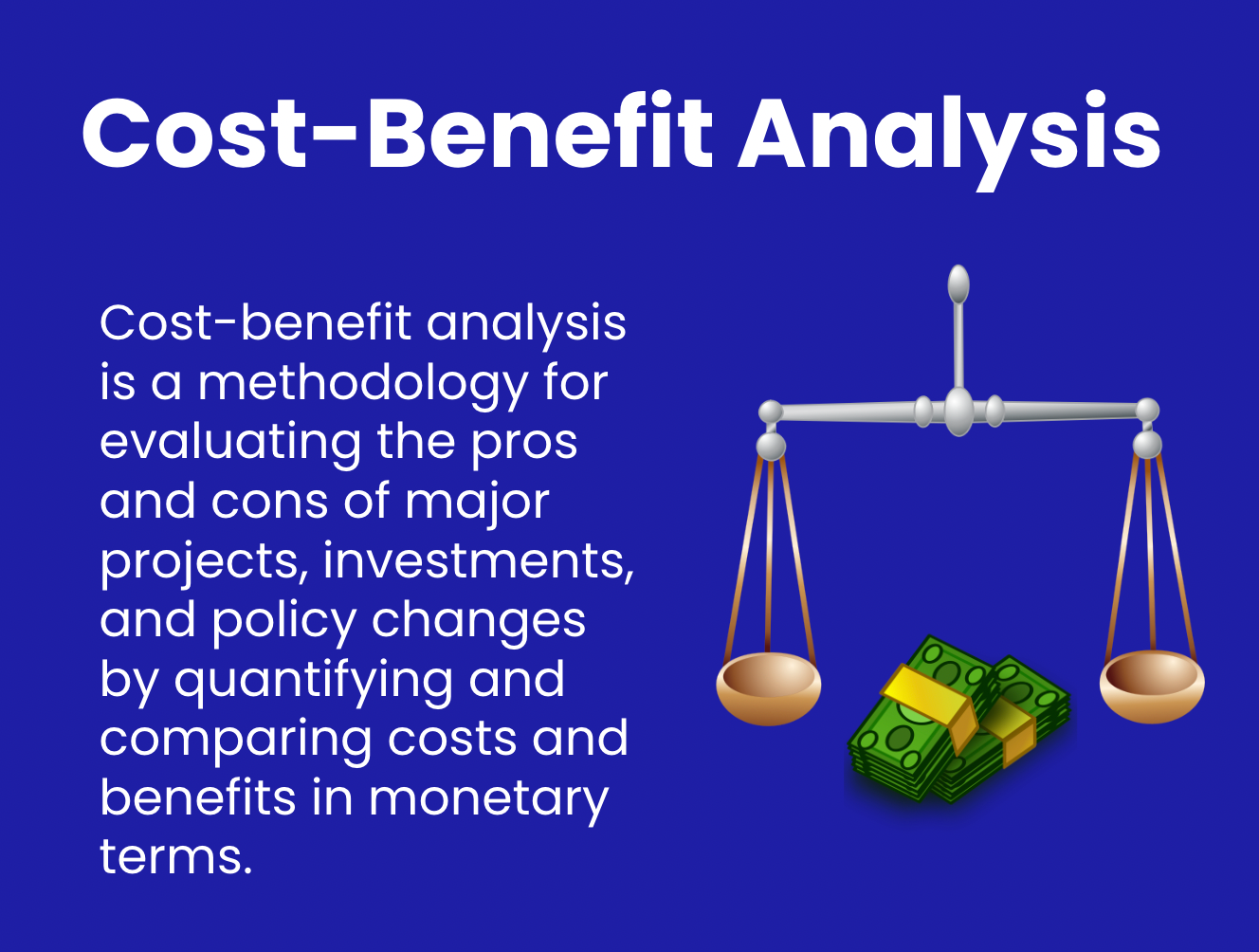
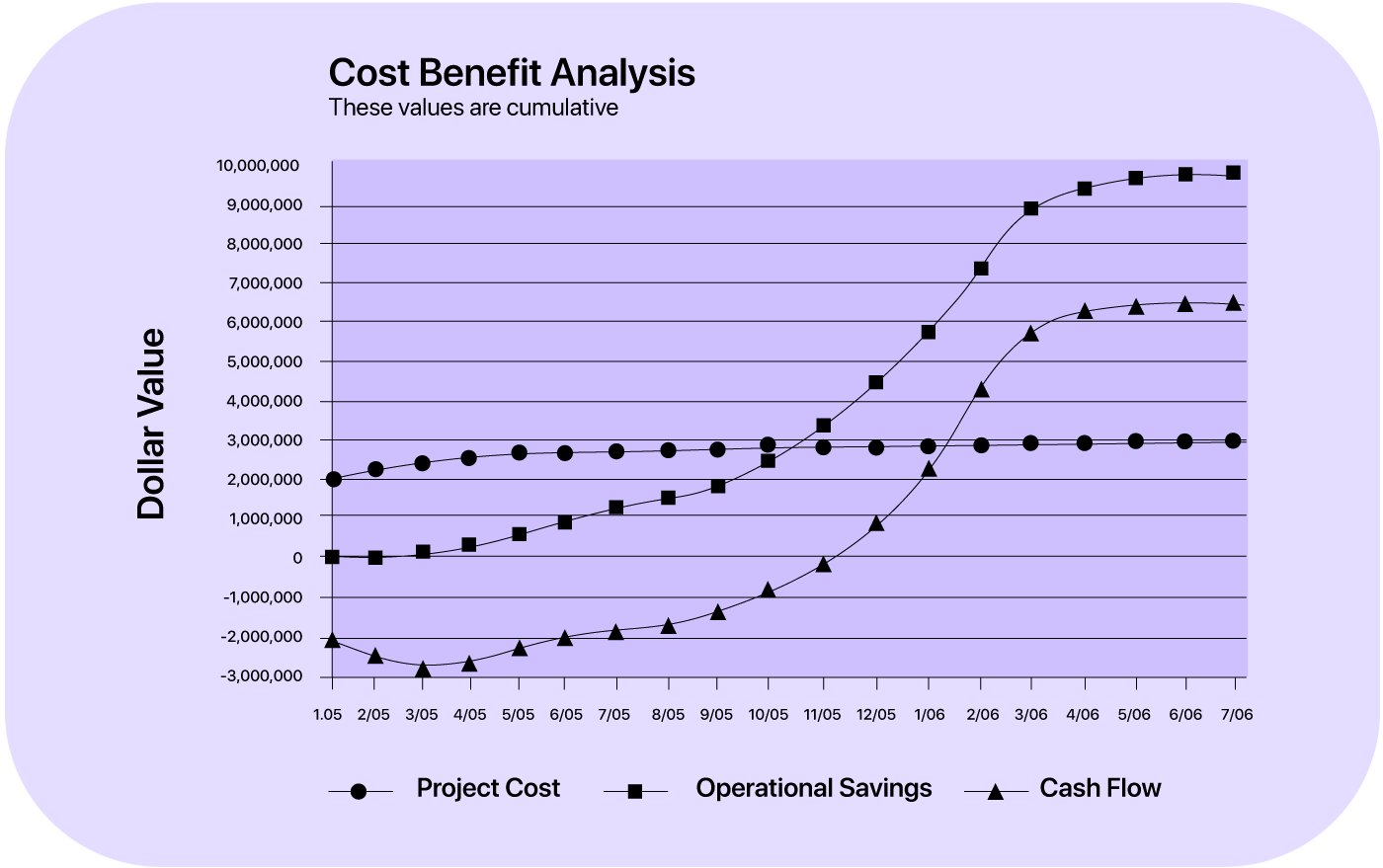

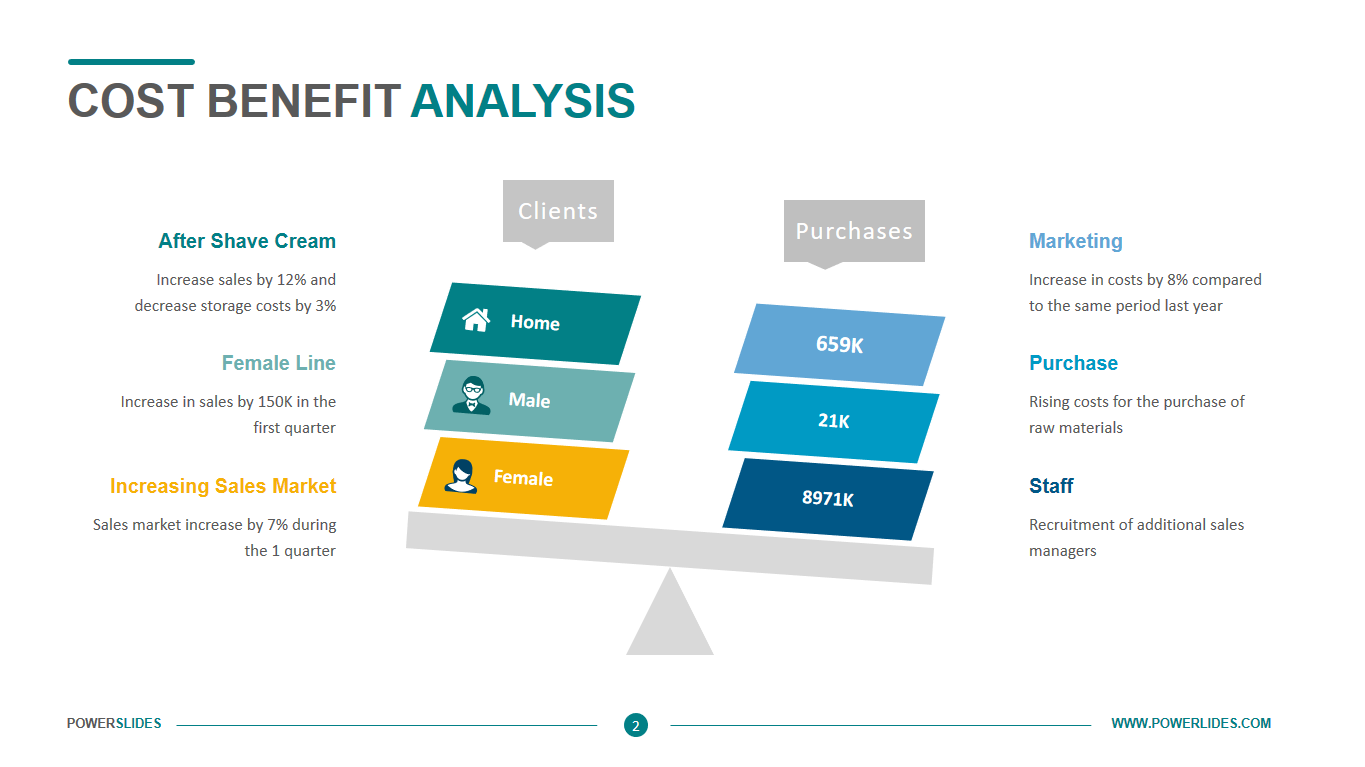
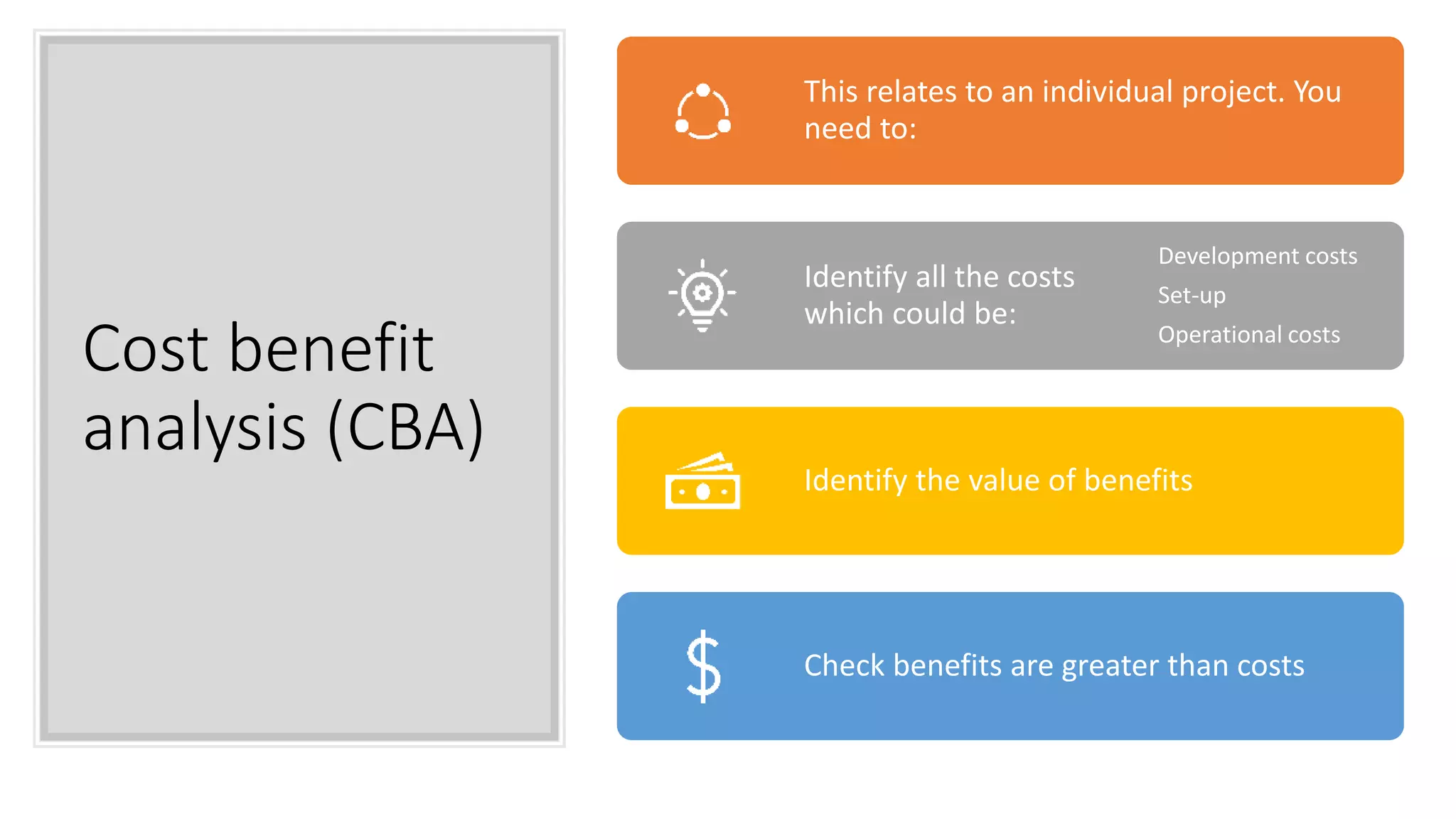
![Can All Opportunity Costs Be Evaluated Using A Cost/benefit Analysis Benefit-Cost Analysis Matrix [Free download]](https://sync.appfluence.com/static/images/benefit-cost-analysis-matrix.png)
